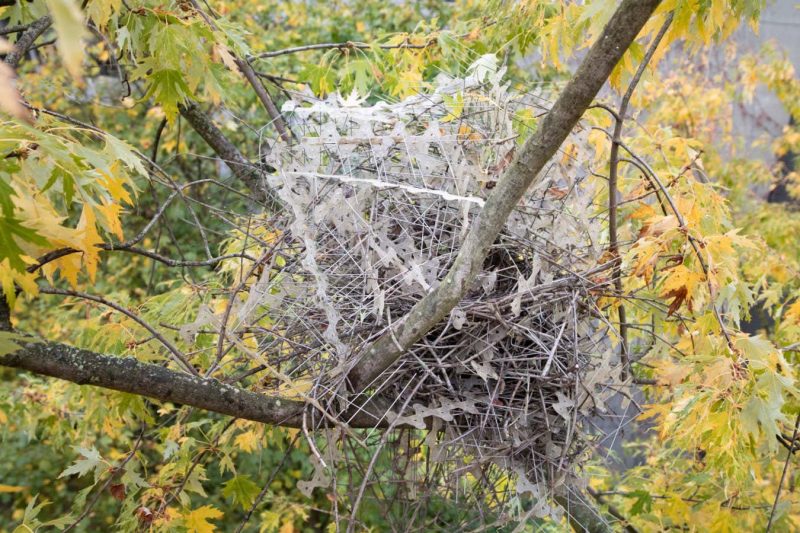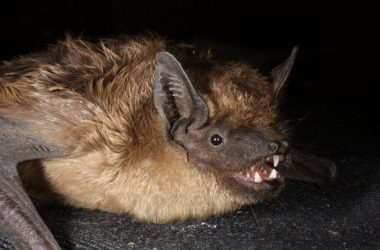
Birds are known for their resourcefulness when it comes to nest building, and they have found a new material to incorporate into their constructions – anti-bird spikes. This unexpected behavior has been observed in various locations across Europe, surprising scientists and revealing the clever adaptation abilities of these avian creatures.
Traditionally, birds utilize thorny branches to strengthen their nests and provide protection against predators. However, in urban areas where such branches are scarce, some birds have turned to employing anti-bird spikes instead.
Researchers, led by Auke-Florian Hiemstra from the Naturalis Biodiversity Center in the Netherlands, have witnessed this phenomenon in carrion crows and Eurasian magpies. They found examples of magpies nest made up of approximately 1500 metal spikes, with the spikes on the side of the building nearest to the tree missing. Evidently, the birds intentionally removed these spikes and incorporated them into their nests.
Interestingly, the researchers also discovered magpie nests equipped with defensive domes made of barbed wire and knitting needles, further highlighting the birds’ resourcefulness in utilizing human-made materials.
One question that remains is whether these spike-laden nests offer greater protection to the chicks compared to regular nests. Hiemstra and his colleagues are eager to investigate whether breeding success is improved when birds construct nests using anti-bird spikes. However, due to the limited number of observations so far, further research is required to draw definitive conclusions.
This exciting discovery prompts researchers to encourage people to closely observe bird nests and report any similar instances. By expanding the knowledge on these adaptive behaviors, scientists hope to gain a better understanding of the strategies employed by birds in their nesting habits.
Key Takeaways:
- Birds have been observed using anti-bird spikes to construct nests in various locations across Europe.
- This behavior demonstrates the resourcefulness and adaptability of birds.
- In urban areas where thorny branches are scarce, birds employ anti-bird spikes as a substitute.
- The spike-laden nests may offer enhanced protection for the chicks, but further research is needed to confirm this.
- Scientists encourage people to report any similar observations to expand knowledge on birds’ nesting behaviors.
Journal Reference: [link-to-journal]








